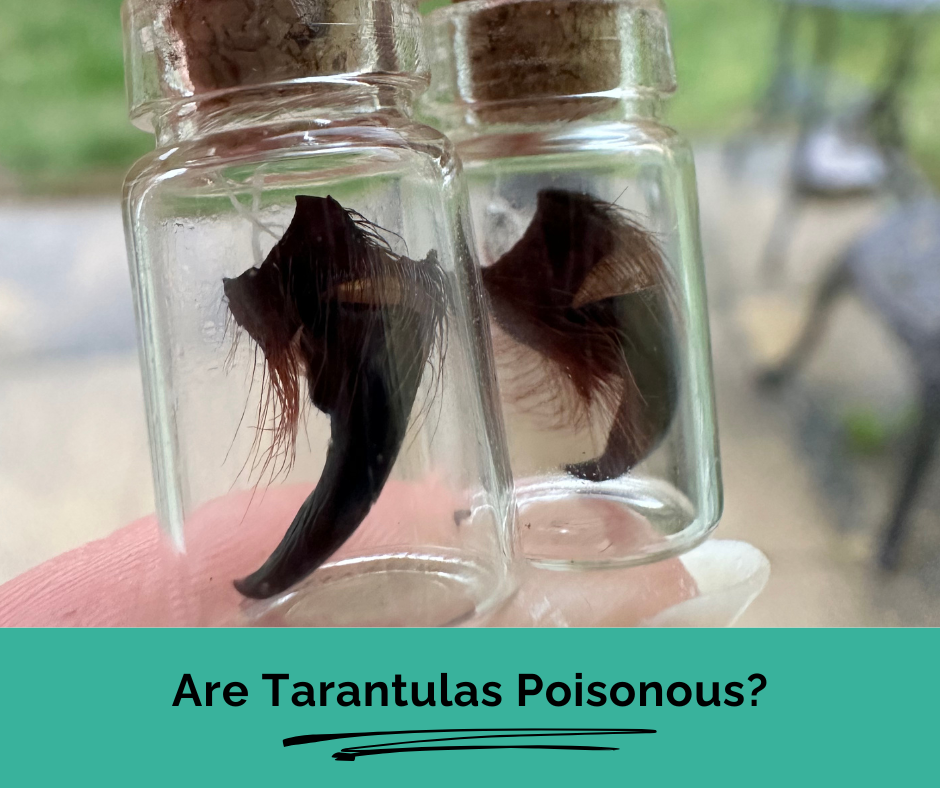Brachypelma hamorii Care Guide — The Beginner-Friendly Mexican Red Knee Tarantula
- inverttparty
- Aug 10
- 3 min read
Updated: Aug 11

The Brachypelma hamorii, more commonly known as the Mexican Red Knee tarantula, is one of the most iconic and sought-after pet tarantulas in the hobby. Known for their striking black and orange colouring, long lifespan, and calm temperament, these tarantulas are perfect for both beginner and experienced keepers. This species was my first tarantula!
Whether you’ve just purchased your first sling (spiderling) or you’re upgrading your adult’s enclosure, this guide will walk you through Brachypelma hamorii care — covering housing, temperature, humidity, feeding, and handling.
Species Overview
Scientific Name: Brachypelma hamorii
Common Name: Mexican Red Knee Tarantula
Type: Terrestrial New World species
Adult Size: 5–6 inches (around 15cm diagonal leg span)
Lifespan: Females 20–30 years, males 5–8 years
Temperament: Generally calm and slow-moving, but can flick urticating hairs if threatened
Growth Rate: Slow
Enclosure Setup
A good enclosure setup is essential for keeping your Mexican Red Knee tarantula healthy and stress-free.
Tank Size: For adults, around 30 x 30 cm (12 x 12 inch) enclosure is perfect. The enclosure should be wider than it is tall, as this is a terrestrial species that prefers to stay on the ground.
Substrate: Use 4–6 inches of coco fibre, topsoil, or a soil-sand mix. I personally prefer Spider Life substrate. This allows for burrowing and helps maintain humidity. Avoid substrates with fertilisers or chemicals.
Hides: Provide at least one hide, such as a cork bark half-round or a plant pot on its side.
Décor: Add artificial plants, leaf litter, or natural decor to make your tarantula feel secure and mimic its natural habitat.
Temperature & Humidity
Temperature: Keep the enclosure between 22–26°C (72–79°F).
Humidity: Aim for 60–70% humidity. Lightly mist a corner of the enclosure once or twice a week and always provide a water dish. Avoid over-misting to prevent mould. I usually overflow the water dish once a week to help maintain this humidity.
Ventilation: Good airflow is important — ensure your enclosure has ventilation holes on the sides and top.
Feeding Your Brachypelma hamorii
Diet: Feed appropriately sized live insects such as crickets, roaches, or mealworms. The prey should be no bigger than the tarantula’s abdomen.
Feeding Schedule:
Spiderlings: Every 3–4 days
Juveniles: Once a week
Adults: Every 10–14 days
Remove any uneaten prey within 24 hours to avoid stressing your tarantula.
Water: Always provide a shallow water dish, cleaned regularly.
Handling and Temperament
Mexican Red Knees are known for their docile nature, but they are still best admired rather than handled. They can flick urticating hairs, which cause skin irritation, and they are delicate creatures that can be injured if dropped.
If you must handle, do so close to the ground and with extreme care. Taratulas are best treated as a display animal, viewed rather than handled.
Moulting
Like all tarantulas, Brachypelma hamorii will periodically moult to grow. During this time, your tarantula may refuse food for long periods of time and become sluggish.
Tips for moulting care:
Do not disturb your tarantula during a moult.
Avoid feeding until 5–7 days after a moult for spiderlings, or up to 2 weeks for adults.
Ensure fresh water is always available.
Common Health Issues
Dehydration: Lethargy, shrivelled abdomen — fix by ensuring constant access to water.
Mites/Mould: Prevent by keeping good ventilation and avoiding overly damp substrate.
Injuries from Falls: Keep enclosure height low to prevent climbing accidents.
Why Choose a Mexican Red Knee Tarantula?
The Brachypelma hamorii is an ideal beginner tarantula thanks to its calm personality, beautiful appearance, and simple care needs. With proper care, your tarantula can live for decades, becoming a long-term companion.



Comments